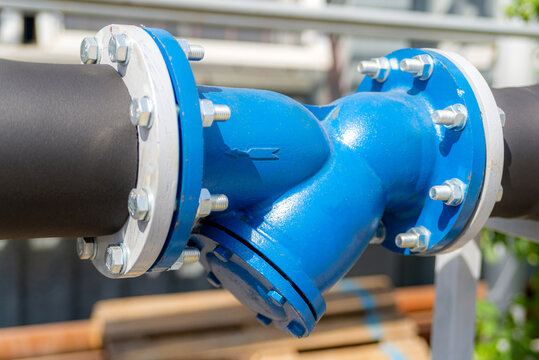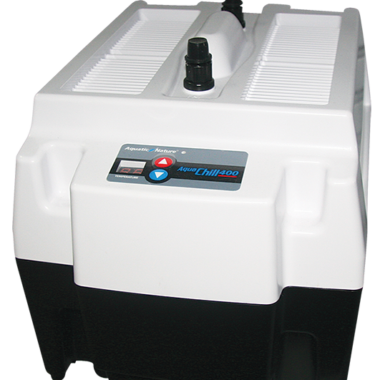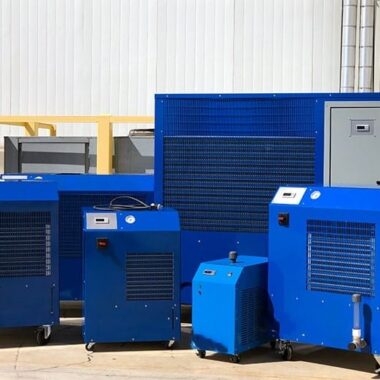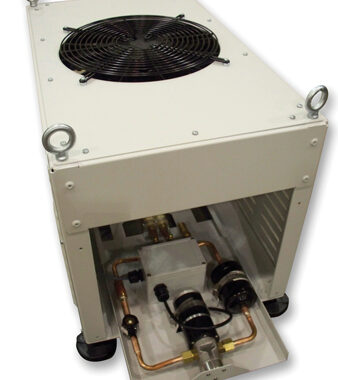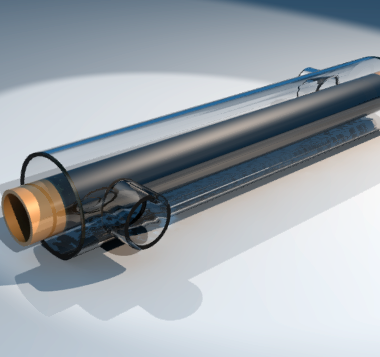Strainers and Filters in Chiller Systems: Maintenance and Selection
Introduction
Strainers and filters are crucial components in chiller systems, playing a vital role in protecting the equipment, maintaining efficiency, and ensuring long-term reliability. By removing debris, particulates, and contaminants from the water or refrigerant used in the chiller, they help prevent damage to sensitive components like heat exchangers, pumps, and valves. Effective filtration minimizes fouling, scaling, and corrosion, which can lead to increased energy consumption, reduced cooling capacity, and costly repairs.
Importance of Strainers and Filters in Chiller Systems
- Protection of Critical Components: Strainers and filters prevent solid particles and debris from entering and damaging key components of the chiller system, such as compressors, evaporators, and condensers. This protection is essential to maintaining the longevity and efficiency of the equipment.
- Minimizing System Fouling: Fouling in heat exchangers and cooling towers can drastically reduce heat transfer efficiency. By filtering out suspended solids, strainers and filters reduce the chances of fouling, ensuring optimal heat exchange performance.
- Preventing Clogging and Blockages: Accumulation of dirt and debris in the chiller piping system can lead to clogging, reduced water flow, and pressure drops. Strainers and filters help prevent such issues, maintaining the smooth operation of the system.
- Enhancing Energy Efficiency: Clean systems operate more efficiently. Regular maintenance and replacement of strainers and filters ensure that the chiller system is not working harder than necessary, thus saving energy and reducing operating costs.
- Extending Equipment Lifespan: By preventing contamination and wear on key components, strainers and filters help extend the lifespan of the chiller system, reducing the frequency of repairs and replacements.
Types of Strainers and Filters
- Y-Strainers: Typically used for removing larger debris and solid particles from the system. They are placed in-line and are suitable for low-flow applications.
- Basket Strainers: Ideal for high-flow applications, basket strainers have a larger debris-holding capacity than Y-strainers, making them suitable for removing medium to large particles.
- Bag Filters: These filters are used for finer filtration, capable of removing smaller particles. They are used in applications where higher filtration efficiency is needed.
- Cartridge Filters: Best suited for removing very fine particles, cartridge filters offer high filtration efficiency and are commonly used in applications requiring high purity.
- Self-Cleaning Filters: These automated filters clean themselves by reversing flow or using brushes to remove collected debris, reducing the need for manual maintenance.
Key Considerations for Selection
- Particle Size and Type: The size and type of contaminants present in the chiller system influence the choice of strainers and filters. For larger particles, Y-strainers or basket strainers are appropriate, while finer particles may require bag or cartridge filters.
- Flow Rate Requirements: The filter or strainer must be capable of handling the system’s flow rate without causing significant pressure drops or reducing efficiency.
- Pressure Drop Tolerance: Choosing a filter with a low-pressure drop is essential for maintaining system efficiency. The filter should be designed to handle the required flow with minimal resistance.
- Maintenance and Accessibility: Strainers and filters should be easily accessible for regular maintenance and cleaning. Self-cleaning filters may be ideal in applications where maintenance access is limited.
- Material Compatibility: The materials used in the filter or strainer must be compatible with the fluid and operating conditions (temperature, pressure, chemical composition) of the chiller system.
- Application Specifics: Consideration of the specific application is essential. Industrial chillers, HVAC systems, and process cooling may have different requirements for filtration efficiency and strainer types.
Conclusion
Strainers and filters are indispensable components in chiller systems, serving as the first line of defense against contaminants and debris that can harm equipment performance and longevity. Selecting the right type of strainer or filter based on the specific needs of the system—such as flow rate, particle size, and maintenance accessibility—can significantly improve efficiency and reduce operational costs. Regular maintenance and timely replacement are crucial to ensuring these components function effectively.


